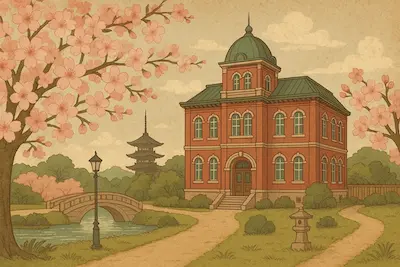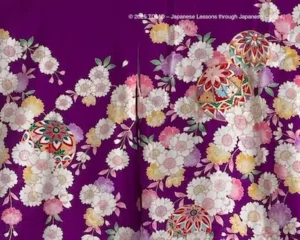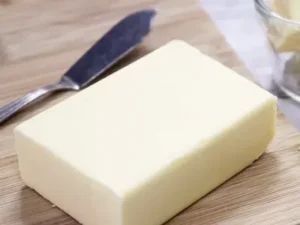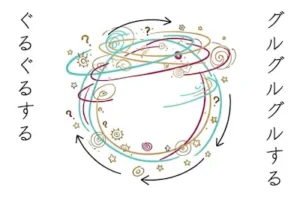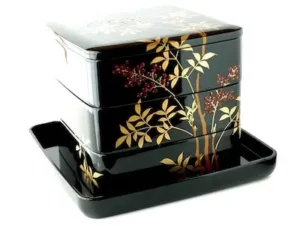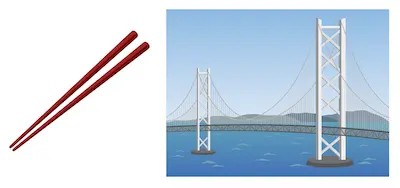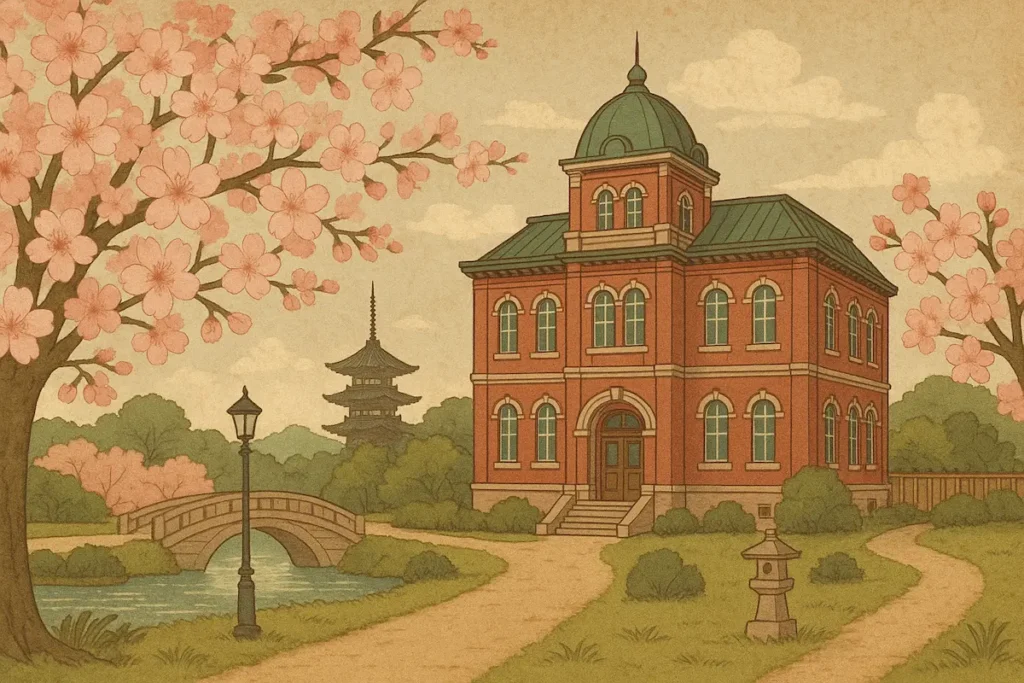
Demon Slayer: Taisho Era Values, Family Bonds, and Japanese Words
Family, Gratitude, and What We Inherit
I grew up in Japan.For me, words like family, ancestors, and gratitude were part of daily life.
But what about Japan today?
Demon Slayer, Loved Around the World
Today, the anime Demon Slayer is popular around the world. The movie was also a big hit.
This story is filled with values that Japanese people have cherished for generations.
For example, there is a strong bond between family members.
There are skills and spirit passed down from ancestors.
Helping others is also an important theme.
Tanjiro and the Spirit of Inheritance
The story takes place in the Taisho era.
The main character is a boy named Tanjiro. His family is killed by demons.
He keeps fighting to protect his younger sister.
Along the way, he grows stronger—both in body and heart.
He receives help and support from those around him.
Later, he remembers a dance called Hinokami Kagura, passed down from his father. He turns it into his own fighting technique.
This shows how inherited spirit can be passed into the future.
Modern Japan and Traditional Values
In individualistic societies like the U.S., people value making their own way.
Personal independence is seen as important.
In contrast, Japan has long valued different ideas.
For example, inheriting something from others. Or not forgetting the kindness you’ve received.
Today, I feel those invisible bonds are fading in Japan.
Caring for others and staying connected feels less common.
But Demon Slayer reminded me of those values.
It helped me remember what we may be starting to forget.
Tenkoku — A Part of My Childhood
In my home, we had tenkoku seals and wall hangings made by my ancestors.
They were always there. To me, they felt completely normal.
But as I got older, I realized something. That kind of environment isn’t normal for everyone.
Tenkoku is the art of carving characters into materials like wood or stone. It’s more than just a skill.
A seal engraver doesn’t just carve letters. They preserve names and words for the future.
It’s a cultural art form.
Why I Teach Japanese
Today, I teach Japanese to people from other countries.
Language is a tool. It connects thoughts and feelings.
But that’s not the only thing I want to share.
I also want to teach the culture behind the words.
I want to share the way of thinking that comes with the language.
To learn more about the Taisho period—the era brought to life by Demon Slayer—check out our article, “How Demon Slayer Brings the Taisho Era(大正時代) to Life“
Japanese of the Day / 今日の日本語
- Word:刃 (ha / yaiba) – blade, edge, sword
- Meaning:The sharp edge of a sword or knife. “Yaiba” often refers poetically to a sword itself.
- Example:鬼滅の刃(きめつのやいば)は、日本の大人気アニメです。(Kimetsu no Yaiba wa, Nihon no dai ninki anime desu.)
(Kimetsu no Yaiba is a very popular Japanese anime.) - Fun Fact:The kanji 刃 has two common readings: ha (edge of a blade) and yaiba (sword).
In Japanese culture, the sword’s blade is seen not just as a weapon but as a symbol of honor, tradition, and the inheritance of skills.
◆ Would you like to practice speaking Japanese? ◆
In my lessons, you can use Japanese a lot and learn to speak naturally with me.


家族・恩・受け継ぐ心
日本で育った私にとって、「家族」「先祖」「恩」といった言葉は、日常の中に自然にあるものでした。
けれど、今の日本はどうでしょうか?
世界で愛される『鬼滅の刃』
今、アニメ『鬼滅の刃』が世界中で人気を集めてます。映画も大ヒット中ですね。
この物語には、日本人が大切にしてきた価値観が色濃く描かれています。
たとえば、家族の絆、先祖から受け継いだ技や心、周りの人を助けることなどです。
炭治郎にみる「受け継ぐ心」
時は大正時代。主人公は炭治郎という少年です。家族を鬼に殺され、妹を守るために戦い続けます。
その過程で、周りの人に力を借りながら身も心も強くなっていきます。
そして父から受け継いだ「ヒノカミ神楽」という舞を思い出し、自分の技として磨いていきます。
それは、「受け継がれた心」を未来へつなぐ姿でもあります。
炭治郎にみる「受け継ぐ心」
時は大正時代。
主人公は炭治郎という少年です。家族を鬼に殺され、妹を守るために戦い続けます。
その過程で、周りの人に力を借りながら身も心も強くなっていきます。
そして父から受け継いだ「ヒノカミ神楽」という舞を思い出し、自分の技として磨いていきます。
それは、「受け継がれた心」を未来へつなぐ姿でもあります。
今の日本と、かつての価値観
アメリカなどの個人主義的な社会では、「自分の力で道を切り開く」ことが重視されます。
一方で、日本には「誰かから何かを受け継ぐ」「恩を忘れない」といった考え方があります。
今、日本では、目に見えないつながりや、人との関係を大切にする心が、少しずつ薄れてきているように感じます。
しかし、今、「鬼滅の刃」が思い出させてくれたんだと思います。
子どもの頃から身近にあった「篆刻」
私の家には、先祖が作った篆刻(てんこく)の印や壁掛けがありました。それが当たり前の環境でした。
けれど、時が経つにつれ、それが当たり前ではないことに気がつきました。
篆刻=印材(木や石など)に文字を彫る
篆刻家という仕事は、単なる技術ではありません。人の名前や言葉を刻み、後世に伝える文化的な芸術です。
私が日本語を教える理由
今、私は日本語教師として、外国の方に日本語を教えています。
言葉は道具であり、思いをつなぐものです。
けれど、私が本当に伝えたいのは、言葉だけではありません。
その背景にある文化や考え方なども一緒にお伝えたいと思っています。
「鬼滅の刃」の時代・大正時代について “How Demon Slayer Brings the Taisho Era(大正時代) to Life“。

